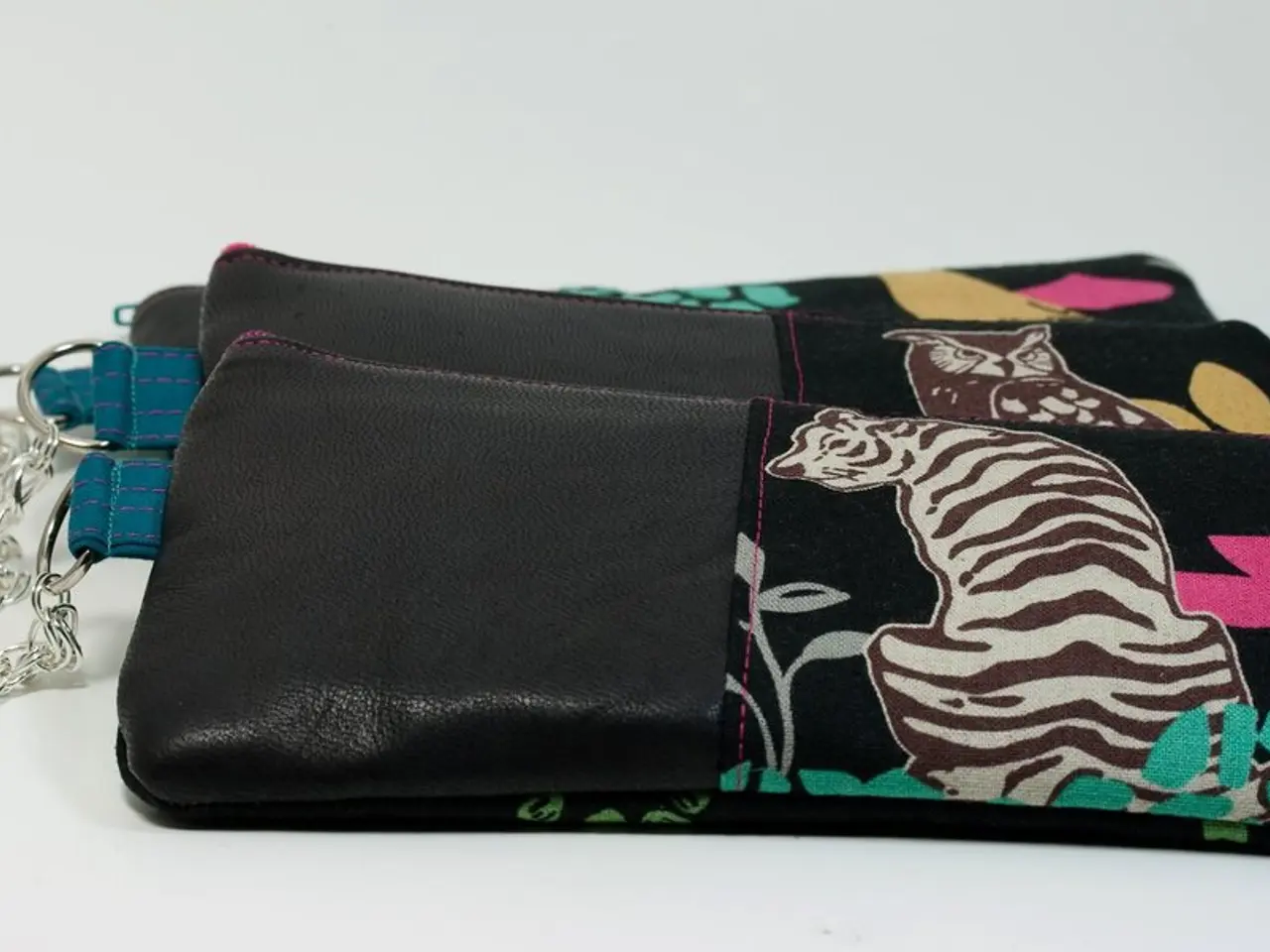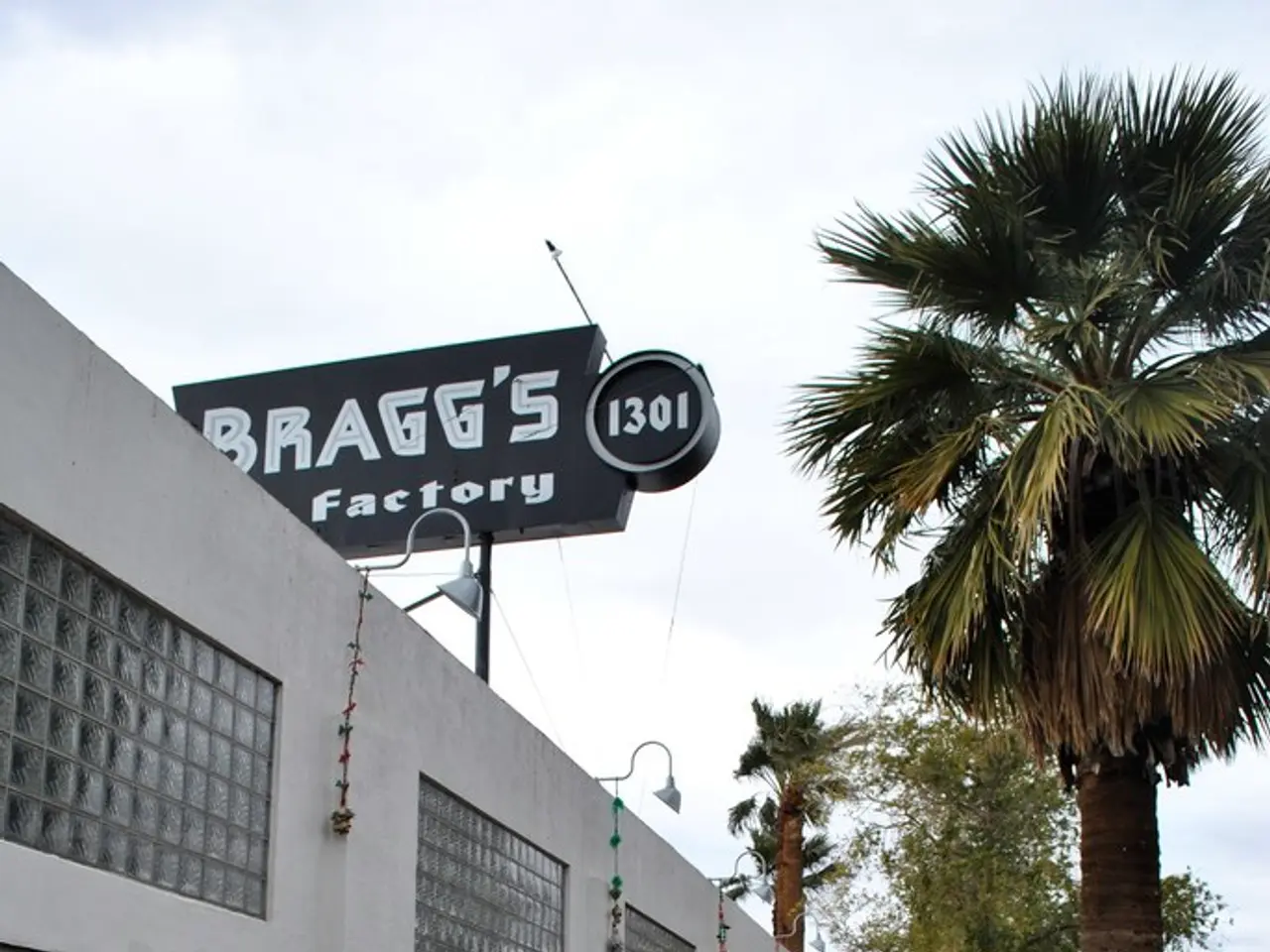A continuously transformative decentralized financial system focused on lending practices in the realm of DeFi.
In the ever-evolving world of Decentralized Finance (DeFi), AAVE stands out as a leading protocol with its revolutionary innovations. With world-first flash loans, Efficiency Mode, Portals for cross-chain interaction, and the native stablecoin GHO, AAVE is pushing the boundaries of DeFi.
The AAVE protocol operates on a user-funded liquidity pool system, with deposits generating aTokens that automatically generate interest. This model ensures that users maintain full control of their funds, a key aspect of AAVE's non-custodial approach.
However, understanding the mechanisms of collateralization, health factors, and different types of interest rates in AAVE can require a steep learning curve, potentially deterring beginner users.
Despite the complexity, AAVE has demonstrated its ability to adapt to technological advancements, with deployment on 14 blockchain networks. The protocol's operation is automated by sophisticated smart contracts, ensuring transparency, security, and efficiency.
One of the significant advantages of AAVE is its multi-chain interoperability, allowing users to choose the optimal network based on their needs. This flexibility has helped AAVE surpass Compound in Total Value Locked, thanks to more advanced features and benefits from the widest ecosystem of integrations with MetaMask, 1inch, and many wallets.
Recent developments highlight important future directions for AAVE. The protocol has approved a proposal to launch a whitelabel centralized version of Aave v3 on Kraken's Ink, a compliant layer-2 platform aimed at institutional DeFi. This move aims to expand Aave’s technological adoption and create new revenue streams through institutional lending.
AAVE Labs is also progressing on Aave V4 development, with the deployment of Aave V3 on Aptos blockchain. This rollout included public releases, security reviews, and live testing to enhance protocol security and expand multi-chain presence.
The Horizon Real-World Asset (RWA) instance, designed to enable real-world assets as collateral on Aave, has passed security audits and is preparing for launch. The team is actively onboarding institutional partners, moving toward broader asset class integration into DeFi lending.
Efforts like migrating the GHO stablecoin code to the Foundry framework improve security, maintainability, and developer contribution opportunities, signaling ongoing protocol maturation.
AAVE has led DeFi for three consecutive months with $7.5 billion in flash loan volume and reached the milestone of 500,000 depositors, confirming its market leadership and growing adoption. However, price momentum has remained subdued, suggesting the market is awaiting a significant catalyst or broader crypto market movement for a breakout.
Despite this, AAVE is strengthening its position through greater capital market share, institutional partnerships, technical upgrades, and novel products combining real-world assets with DeFi. The evolution of global regulatory frameworks represents a major risk, potentially impacting protocol accessibility and limiting institutional adoption.
AAVE was initially launched as ETHLend in 2017 by its founder and CEO, Stani Kulechov, a Finnish programmer and entrepreneur who revolutionized the industry. The protocol currently supports over 30 different assets, including major cryptocurrencies and numerous stablecoins.
However, it's important to note that the protocol's operation relies on external oracles like Chainlink for asset prices. Any failure, manipulation, or malfunction of these data sources could compromise system stability and trigger erroneous liquidations. Despite this, AAVE has operated without a major incident for 5 years, supported by regular security audits from reputable firms.
As of mid-2025, AAVE remains a leading DeFi protocol with significant capital growth and active development, but its token price has been largely stagnant within a narrow band between $260 and $284. Its share of stablecoin supply in the DeFi ecosystem has risen from 3% in January to over 5% by July 2025, surpassing centralized finance lenders combined, indicating growing user trust and institutional interest.
In summary, AAVE is strengthening its position through greater capital market share, institutional partnerships, technical upgrades, and novel products combining real-world assets with DeFi. However, price momentum has remained subdued, suggesting the market is awaiting a significant catalyst or broader crypto market movement for a breakout.
- The Aave protocol, with its operation on a user-funded liquidity pool system, is driving advancement in DeFi by investing in technologies that ensure transparency, security, and efficiency, such as automated smart contracts and multi-chain interoperability.
- As the AAVE ecosystem expands, the protocol is forging partnerships with institutions and integrating real-world assets into DeFi lending, demonstrating a commitment to finance innovations that bridge the gap between traditional and decentralized business models.




